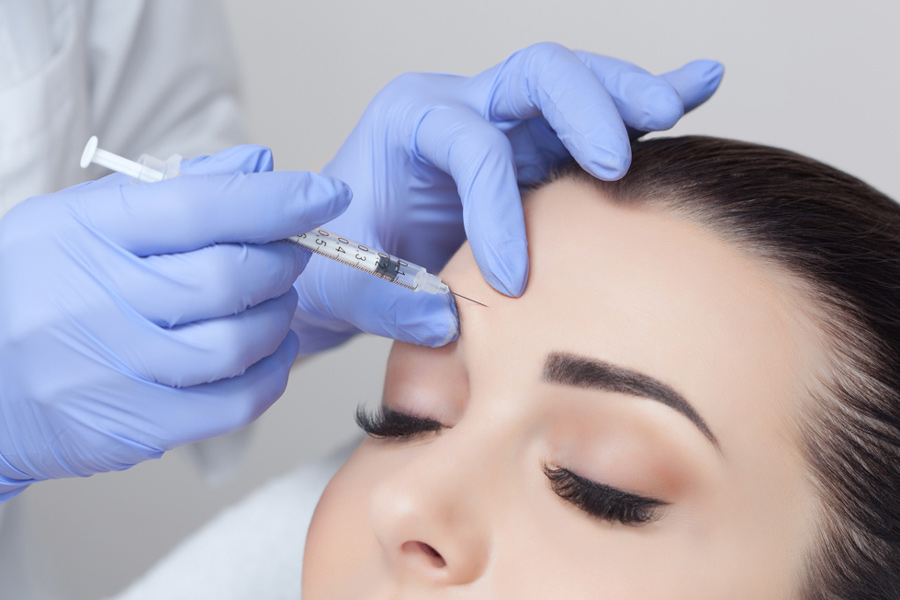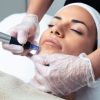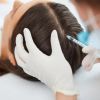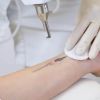Botox
What is Botox?
Botulinum toxin (Botox, Dysport) is a protein-based toxin obtained in laboratory conditions from a bacterium called Clostridium botulinum. This toxin prevents the release of acetylcholine, the substance necessary for muscle contraction, from nerve endings. Consequently, the contraction of muscles in the treated area is inhibited, leading to the reduction of wrinkles caused by facial expressions or movements. The skin over the relaxed muscle becomes smoother, and fine lines on the skin's surface disappear.
It's important to note that Botox is not snake venom; it is a protein-based toxin. It has been safely used for many years in the fields of ophthalmology, neurology, and physical therapy. In recent years, Botox use for aesthetic purposes has become increasingly popular.
Which areas is Botox applied to?
Botox is used for horizontal lines on the forehead, vertical lines between the eyebrows, wrinkles around the eyes (crow's feet), fine wrinkles above the lips (smoker lines), lines on the sides of the nose (bunny lines), reduction of neck wrinkles (Nefertiti Lift), lifting the tip of the nose, reducing the visibility of the gums when smiling (gummy smile), and lifting the corners of the mouth. Botox can also be used for masseter botox in bruxism (teeth grinding), in the treatment of hyperhidrosis (excessive sweating) in the hands, feet, and underarms, as well as in migraine treatment.
How is Botox treatment applied?
After cleaning the treatment area, a local anesthetic cream is applied and left for 15-30 minutes before the medication is injected into the muscle. The procedure takes about 5 minutes.
When should Botox treatment be started?
Although generally recommended from the age of 30, those who experience wrinkle issues before the age of 30 and wish to undergo preventive treatment can also use it.
What should be considered after Botox application?
It is recommended to avoid movements such as bending or lying down, standing upright, massaging, applying makeup, and washing the face for the first 4 hours after the application. It is also necessary to refrain from hot environments (sauna, steam room, heavy exercise, blow-drying) for 1-2 days.
When does the effect of Botox start, and how long does it last?
The effect of Botox begins around the 4th-5th day, reaching full effectiveness within 10-14 days. Although it varies from person to person, the average duration of the effect is around 3-4 months. Factors such as sleep, alcohol, smoking, medications, and genetic factors can affect the duration of the effect. When the effect of Botox wears off, there is no increase in wrinkles; it returns to its pre-Botox state. The duration of the effect prolongs with repeated applications, and the intervals between applications increase.
What are the side effects of Botox?
After the procedure, there may be a headache lasting for a few hours due to injection. Bruising may occur at the injection points.
Who is Botox not applied to?
Pregnant or breastfeeding women should wait. Those with neuromuscular disease, bleeding problems, active infection or other skin diseases in the application area should not be applied.
